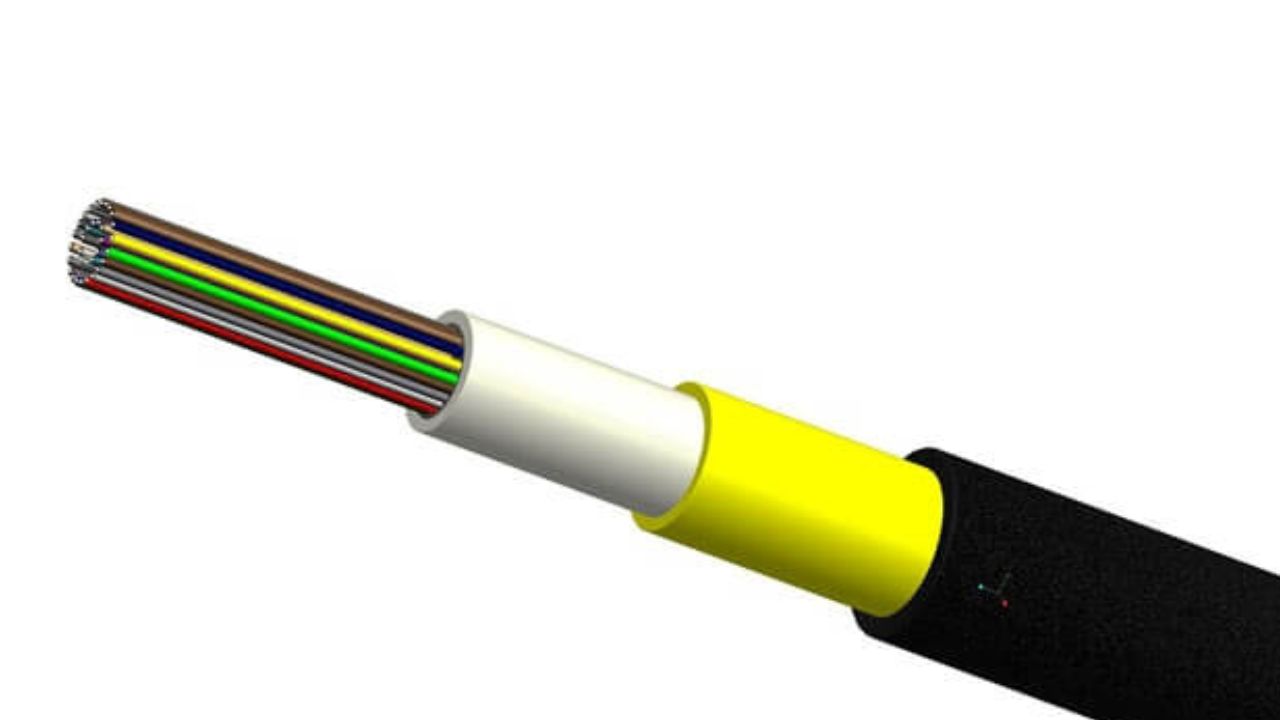Edmond likes to share design blog posts on social media and in online forums. He has a degree in Graphic Design, and he loves working with Adobe Photoshop and Illustrator. In his spare time, Zachary enjoys hiking and camping with his friends.

To guarantee air-blown fiber cables’ continued performance and functioning inside a network, maintenance is necessary. Frequent visual examinations are essential for detecting physical degradation and abnormalities in connectors and splices. Environmental factors are crucial, necessitating temperature and humidity monitoring to shield the wires from harsh circumstances. By getting rid of impurities, preventive cleaning of connections and splices aids in maintaining the best possible signal transmission quality.
Maintaining thorough records of all installations and repairs makes it easier to trace the air blown systems troubleshooting history. Compliance with industry requirements is ensured by routine testing using optical time domain reflectometers (OTDR) and power meters. Furthermore, essential components of comprehensive maintenance that ensure continuous performance include personnel training, emergency response planning, managing spare parts, ensuring seal integrity, and complying with standards.
Upkeep needs to be applied to Fiber Cables
In order to guarantee air-blown fiber optic cables’ lifetime and continuous performance inside a network, maintenance is necessary. Even though these cables are made to be durable and require less maintenance, routine inspections and following best practices are essential. An extensive examination of air-blown fiber cable maintenance needs is provided below:
Frequent Examinations
The cornerstone of air-blown fiber cable maintenance is routine inspections. It is important to visually inspect the area for any indications of physical damage, such as abrasions, bends, or cuts. Additionally, a visual inspection will guarantee that termination points, splices, and connectors are clean and correctly placed.
Environmental Factors to Consider
Environmental influences have an impact on air-blown fiber cables. It is crucial to keep an eye on the temperature, humidity, and UV radiation exposure. To keep the cables operating at their best, make sure they are shielded from harsh environments such as severe heat, dampness, or direct sunshine.
Cleaning Prevention
To stop signal degradation or loss, connections, and splices must be cleaned properly. Frequent cleaning with the right equipment and chemicals helps get rid of impurities like dust and dirt that could degrade the quality of the signal transmitted.
Record-keeping And Documentation
Effective maintenance requires keeping thorough records of all installations, repairs, and inspections. Understanding the history of the cable and assisting with troubleshooting and future improvements is made easier by keeping track of any modifications, repairs, or changes to the structure.
Regular Testing
Air-blown fiber cables must undergo routine testing to guarantee that their performance satisfies industry requirements. Testing includes assessing any irregularities that could compromise the integrity of the sent data, such as signal loss or dispersion. Cable performance is frequently evaluated using power meter testing and optical time domain reflectometers (OTDRs).
Checks for Seal Integrity
Regular inspections are necessary to ensure the integrity of connections and seals. Damage or loosened seals have the ability to weaken the cable’s defenses against impurities and moisture, which could result in signal loss or deterioration.
Management of Spare Components
It is a good idea to keep extra parts on hand, such as fibers, connectors, and splices, so that they may be quickly replaced in the event of an emergency or breakdown. This reduces downtime and guarantees quick network restoration.
Adherence To the standards
It is essential to follow industry rules and regulations for repairs, maintenance, and installation. By adhering to these guidelines, air-blown fiber cables are handled and managed properly, lowering the possibility of performance problems.
Education and Experience
It is crucial to train employees on how to handle, maintain, and troubleshoot air-blown fiber cables properly. Expert personnel with knowledge of fiber optics can carry out routine maintenance efficiently, lowering the possibility of mistakes and guaranteeing excellent cable performance.
Plan for Emergency Response
It is essential to have an emergency reaction plan in case of unanticipated circumstances like cable outages, natural disasters, or accidents. A well-defined strategy for prompt response and maintenance reduces downtime and possible data loss.
Final Thoughts
To keep telecommunications networks running smoothly and continuously, air-blown fiber cable maintenance is crucial. Air-blown fiber cables require essential maintenance procedures to remain at peak performance and longevity, including regular inspections, environmental monitoring, preventive cleaning, testing, appropriate documentation, and adherence to industry standards.
